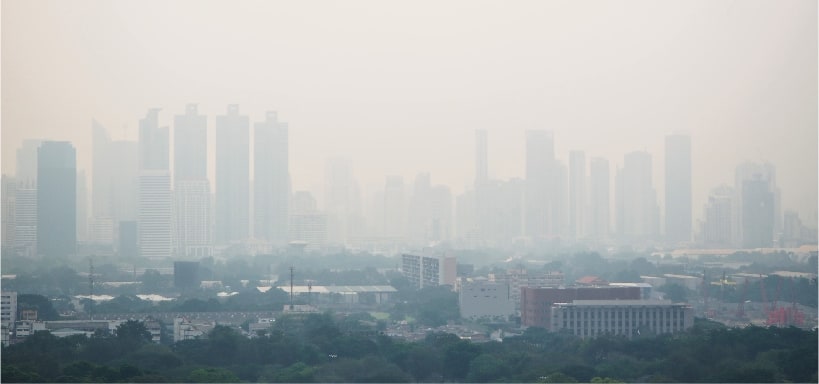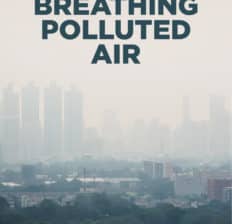This Dr. Axe content is medically reviewed or fact checked to ensure factually accurate information.
With strict editorial sourcing guidelines, we only link to academic research institutions, reputable media sites and, when research is available, medically peer-reviewed studies. Note that the numbers in parentheses (1, 2, etc.) are clickable links to these studies.
The information in our articles is NOT intended to replace a one-on-one relationship with a qualified health care professional and is not intended as medical advice.
This article is based on scientific evidence, written by experts and fact checked by our trained editorial staff. Note that the numbers in parentheses (1, 2, etc.) are clickable links to medically peer-reviewed studies.
Our team includes licensed nutritionists and dietitians, certified health education specialists, as well as certified strength and conditioning specialists, personal trainers and corrective exercise specialists. Our team aims to be not only thorough with its research, but also objective and unbiased.
The information in our articles is NOT intended to replace a one-on-one relationship with a qualified health care professional and is not intended as medical advice.
Study Shows Almost Everyone’s Breathing Polluted Air
April 21, 2022

The World Health Organization’s (WHO) Department of Environment, Climate Change and Health reported in April 2022 that a whopping 99% of the world’s population regularly breathes in air with unhealthy levels of pollutants, including fine particulate matter and nitrogen dioxide.
These “toxins” circulating in the air around us are capable of impacting our health in a number of ways, including by triggering respiratory and immune system reactions, even when we’re exposed to them at low levels.
What causes polluted air? Pollutants are emitted by:
- power plants
- industrial activities, such as building, mining and manufacturing
- households
- agriculture
- cars, trucks and other forms of transportation
Fossil fuels are one of the greatest contributors. They’re thought to be responsible for most of air pollution’s ability to make us sick.
Where do they come from? Burning of fossil fuels (including oil, natural gas and coal) generates energy. While this provides electricity and powers transportation and industrial processes, it also unfortunately causes smog and toxins to accumulate in the air.
Study Findings: Almost Everyone Breathing Polluted Air
In early April 2022, the World Health Organization released findings focused on measurements of air quality around the world. More cities and locations participated in the WHO study than ever before in history (over 6,000 locations), with almost six times more participants reporting in 2022 compared to in 2011.
WHO’s database included measurements of pollutants including nitrogen dioxide (NO2) and particulate matter, which is defined as matter with diameters equal or smaller than 10 microns (PM10) or 2.5 microns (PM2.5).
Both of these pollutants (NO2 and PMs) are released into the air from human activities involving fossil fuel combustion. Most air pollution is caused by animal agriculture, transportation and industrial processes.
The findings from WHO’s study indicate that 99% of the world’s population breathes in polluted air that exceeds internationally approved limits of pollutants.
Another alarming finding: Air pollutants can trigger health problems at much lower levels than previously thought, including repository issues and heart-related conditions.
What It Means (Dangers + Symptoms)
Recent research shows that burning of fossil fuels affects air quality and the Earth’s ecosystem in general in a variety of ways. Some harmful effects of fossil fuels include:
- Release of pollutants into the air that can damage human health. Compounds found in the air, such as sulfur dioxide, nitrogen oxides and airborne particles, are known to be capable of causing respiratory diseases. “Fine particulate matter” in the air is especially problematic. This type of air pollution is composed of small particles made up of sulphate, ammonia, nitrates, black carbon, sodium chloride, mineral dust and water.
- Release of greenhouse gases, such as carbon dioxide (CO2) and nitrous oxide (N2O), into the atmosphere, which contribute to climate change.
Who is at the greatest risk of being exposed to harmful, polluted air?
According to WHO’s research, people living in low- and middle-income countries experience the greatest exposure to unhealthy levels of particulate matter.
Nitrogen dioxide levels are thought to be about equal in high-, low- and middle-income countries.
Those living in urban areas seem to suffer the most from pollution-related health problems, since urban areas are home to concentred amounts of both people and transportation, with little forests or natural land. Urban areas have been shown to produce roughly 78% of carbon emissions and substantial airborne pollutants.
The most polluted cities in the world are estimated to have nearly 20 times higher levels of pollutants than the cleanest cities.
WHO has reported: “The bad news is that we still have a majority of cities who do not comply with the air quality guidelines.”
What are the effects of air pollution?
Exposure to air pollutants is believed to contribute to health problems including:
- heart disease
- stroke
- lung disease
- some forms of cancer
- pneumonia
Pollutants such as PM2.5 and NO2 have been shown to enter the bloodstream and damage the respiratory system, sometimes leading to lung disease or asthma.
Approximately 4.2 million people die from exposure to outdoor air pollution each year, in addition to the 3.8 million whose deaths are linked to household smoke.
Children’s mental health can also be impacted by air pollution. For example, a link has been found between air pollution exposure and pediatric psychiatric disorders, such as:
- depression
- impulse control disorders
- personality disorder
- PTSD symptoms
- schizophrenia
- suicidal thoughts
It’s thought that pollutants may alter functions of the brain and affect children more because they spend more time indoors.
Air-Purifying Tips
How can you improve the indoor air quality in your home and other places you spend time? While you can’t necessarily clean the air outside, you do have control over where you choose to live.
Living in highly concentred cities is one of the biggest risk factors for pollutant exposure.
Here are some ways to help purify the air and avoid exposure to major pollutants:
- Limit indoor air pollution from mold, household cleaning products, furnishings and paint.
- Purchase organic and natural home furnishings and mattresses, sheets, etc.
- Keep your clean home by regularly vacuuming and allowing for ventilation. Choose environmentally friendly cleaning and beauty products, like the ones suggested by the Environmental Working Group.
- Consider having an air filter installed in your home, such as a HEPA air filtration system, which can reduce fine particulate matter.
- Spend time in public spaces with filtered air, like a library or mall.
- Pay attention to the Air Quality Index in your area (using AirNow.gov) so you’ll know when to protect yourself.
- Add some houseplants that remove air pollution to your home, office, etc. These include plants such as ivy, spider plants, jade plants and bromeliad.
Conclusion
- Recent research done by WHO found that 99% of people around the world breathe in air regularly that is polluted with dangerous compounds.
- What are the main causes of air pollution? Fossil fuels are the biggest cause, such as those burned for energy in order to support agriculture, mining, building and transportation.
- What are the effects of air pollution on your health? Even low levels of many air pollutants can contribute to respiratory problems, such as asthma and lung disease. Heart disease, stroke, psychiatric disorders and cancer may also be tied to increased air pollution exposure.




